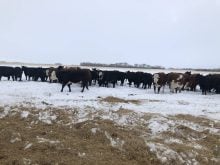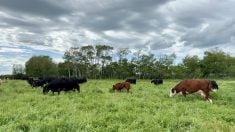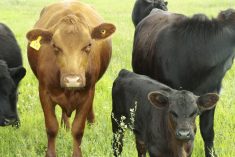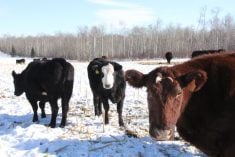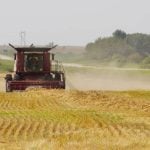One of the lingering consequences of the poor growing conditions of 2021 that will manifest itself this winter is an increased incidence of vitamin A and E deficiency in cow herds across much of the country. Drought-stressed plants, as well as dormant pastures, are poor sources of vitamins A and E. As a consequence, cattle that have grazed these pastures for extended periods will be going into the winter with depleted vitamin reserves, a situation that has negative consequences for the developing fetus and subsequent calf health. Further, overwintering cattle on straw-based diets, fermented forages or alternative feeds such as oat hulls will compound this issue unless an appropriate supplementation program is implemented. With this column, I want to review the vitamins that are important in cattle nutrition and look at supplementation strategies.
Read Also
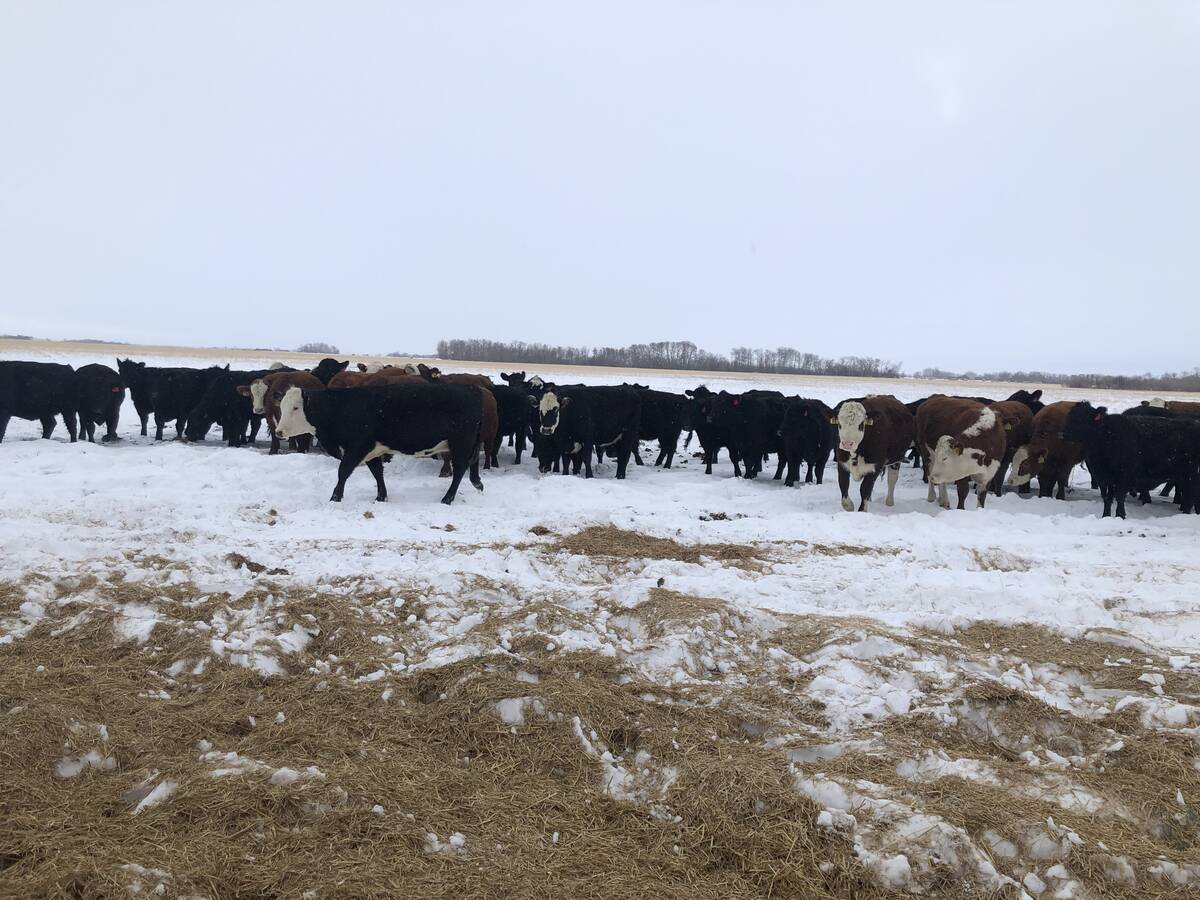
Picking the most efficient cows to rebuild your cow herd
A new cow ranking system to help beef farmers and ranchers pick the most efficient cows as they rebuild their herds.
There are two general categories of vitamins that cattle require. These are the water-soluble and the fat-soluble vitamins. Water-soluble vitamins include the B vitamins (i.e. niacin, thiamine, riboflavin) and vitamin C. The fat-soluble vitamins include vitamins A, D, E and K. In terms of ruminant nutrition, we are generally concerned with supplying the fat-soluble vitamins, as the water-soluble vitamins are typically supplied in adequate amounts by rumen bacteria or — in the case of vitamin C — by the animal itself. One exception is thiamine. While relatively rare, cattle can become thiamine deficient when fed high-grain diets or diets with high sulphur levels. Such cattle can develop a nervous disorder known as polioencephalomalacia.
The fat-soluble vitamins, as their name suggests, are soluble in fat tissue and thus the body can store these vitamins. However, except for vitamin D, cattle cannot synthesize this class of vitamins. While rumen bacteria supply their hosts with an adequate supply of vitamin K, requirements for vitamins A and E and in some cases vitamin D must be met by the feed consumed by the animal.
While vitamin A deficiency is perhaps most often associated with night blindness, other symptoms seen in pregnant cows include late-term abortions, retained placentas and stillborn calves. Vitamin E plays a critical role along with selenium in helping the body combat oxidative stress that arises from normal metabolic activities. Cows deficient in selenium and/or vitamin E are prone to issues with retained placentas while their calves are prone to white muscle disease. Both vitamins A and E and/or their precursors are found in relatively high concentrations in actively growing forages. However, as discussed above, this is not the case in drought-stressed forages. It is also important to note that regardless of the quality of forage harvested, vitamin A and E content will rapidly decrease with storage.
As indicated above, cattle can synthesize vitamin D and in many situations do not require this vitamin to be supplied in the diet. However, the ability of the body to synthesize this vitamin depends on the animal being exposed to the ultraviolet rays of the sun. In Canada, even though most cattle are exposed to sunlight year-round, its strength during the winter is not sufficient for the animal to adequately synthesize this important vitamin.
The ability of cattle to store the fat-soluble vitamins in body tissues is important as it can act as a short-term buffer. However, supplementation is necessary from fall through spring if one wants to avoid deficiency issues. The most common method of supplementing vitamins A, D and E to cattle is via a protein/mineral supplement. As there are numerous products on the market, to ensure you are purchasing the appropriate product, it is important to read the tag which lists the concentrations of supplied nutrients and the expected level of consumption.
For example, consider a 2:1 mineral supplement that lists the concentrations of vitamins A, D and E at 350,000, 35,000 and 3,000 international units (IU) per kilogram (kg), respectively. When consumed at a rate of 100 grams or 0.1 kg per day, this mineral provides the animal with 35,000 IU (i.e. 350,000 x 0.1) of vitamin A daily. In contrast, a mineral consumed at the same level with 150,000 IU of vitamin A provides the animal with 15,000 IU. Cows in the last trimester of pregnancy require 2,800 IU of vitamin A per kg of dry matter intake or approximately 30,000 IU of vitamin A daily. Comparing the requirement with intake, it is evident that the latter mineral, while likely cheaper, does not supply sufficient vitamin A to meet pregnancy requirements, while the former meets her needs. To go one step further, a lactating cow requires approximately 50,000 IU of vitamin A per day. To meet her vitamin A needs, a mineral consumed at 100 grams per day would have to contain a minimum of 500,000 IU of vitamin A per kg. Similar comparisons can be made when assessing the adequacy of supplements for vitamin D and E levels.
Hopefully, this discussion has highlighted the importance of vitamin A, D and E supplementation, particularly in those herds that continue to be overwintered on drought-stressed forages or non-traditional feeds. While feed costs will soar this winter, attempting to cheat by reducing or eliminating the mineral/vitamin program will have serious, unwanted consequences come spring.




